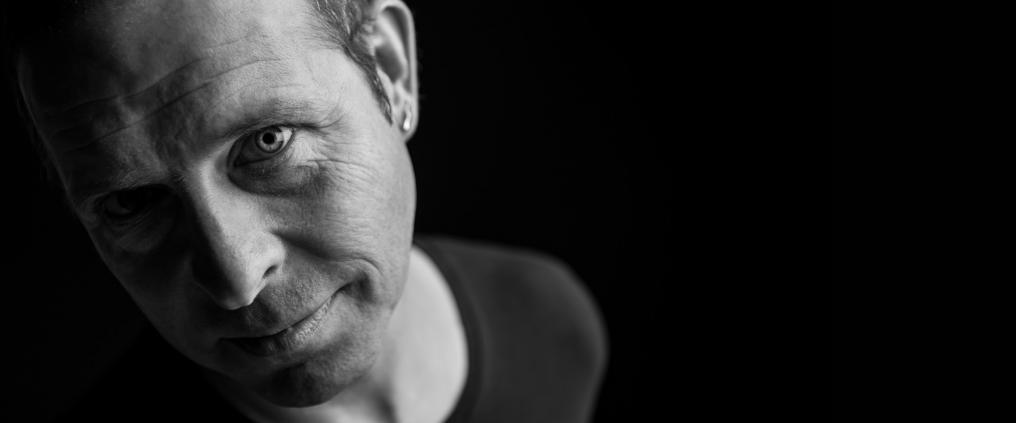'Folks don't usually like me,' admits Stefan Lindfors, one of the most renowned Finnish artists abroad. Having arrived by bicycle just a second ago, he is already at the bar, filling a glass with beer at his favourite pub, Corona. He throws his black beanie down onto his leather jacket on the chair and finishes his thought: 'They think I'm rude and arrogant.'
Why?
He explains: 'There are at least two reasons. Firstly, we Finns are a small people and easily embarrassed if somebody doesn't fit in. If someone is too different, you know, and people don't know how to deal with this.'
And the other reason?
'Well, who would enjoy being in the company of a person who is interested mostly in his own work and himself? I've always been honest and admitted that I'm selfish. I'm an atheist and a hedonist who enjoys life but who doesn't want to hurt or cause harm to anybody,' he says.
He is 51 now but has changed little since I saw him last, 15 years ago. At that time, he was a 36-year-old star who had received his first assignment as a sculptor five years earlier. That piece was a work of art for Helsinki Airport. Concorde, suggestive of a dragonfly, still hangs from the ceiling of Terminal 1. This autumn – one and a half decades later – Stefan designed the Aviator Solaris sculpture for Vaasa Airport.
A hatred for dullness
I ask Stefan to share something that people do not know about him.
'But they know nothing!' is his reply.
Well, let's uncover something. For example, Stefan's basic principle in life has been 'don't play it safe', in order 'not to find yourself in a dull situation'.
What's the matter with a little of the boring and mundane? 'I'm bad at those situations. Like a snake in an anthill. An average person manages many situations better than a celebrity. For example, a top band may sound pathetic when playing in some moderate circumstances,' he clarifies.
Stefan will not stay in a restaurant where he doesn't feel comfortable. He has no desire to live one day of a grey and boring, average life. Stefan has married and divorced twice, and he is a father of three, though he has managed to maintain a good rapport with both ex-wives and their families.
But why work so hard to avoid dullness? Is the answer found in his childhood?
'It is true that I had a boring and dull childhood. My parents were nice, Father being a chemist and Mother a language teacher. But at that time in Turku, people mocked Swedish-speaking guys like me. Then, when I was 20, I moved to Helsinki and thought: "Damn – perhaps I can live in Finland after all." I didn't find Turku again until recently,' he reminisces.
Pretending to be modest
Stefan wants to live for the moment. He would not even choose to know what the future will bring. Constant movement is essential for him. He sums up: 'I'm a nomad and a wanderer. I love flying and being in an aeroplane. Being on the go all the time. It's great to anticipate something with excitement.'
Also important are success and the face shown in public.
'I like to be respected. Then I can pretend to be modest,' he says, then continues: 'Modesty is often so spurious: proud people want to appear humble so that they can feel they are better people. I hate that.'
Challenging a common belief, Stefan says that he doesn't think Finns are modest at all. 'When a local says "hello" to us in a lift in New York, we don't answer. Either we are too shy to answer or we think we don't want to please that guy. Why is small talk supposed to make the Yanks so superficial and quietness make us Finns so profound?'
Anyway, the widely travelled artist does find some elements of great strength in the Finnish national character: he says that we are not yet 'spoilt by a [bland] nationwide style'.
'The only ironic aspect is that we try in every way to be less Finnish than we are,' he says.
When I ask what Stefan would like to show a foreigner in Helsinki, he gets confused. It is obvious that the question is strange for him: 'Why should we go somewhere? I would look that person in the eye and talk to him.'
Text: Nina Pinjola
Photo: Matti Rajala



